The future of Distributed Antenna Systems (DAS) by most accounts is very bright. Industry experts have predicted an exponential increase in the number of DAS deployments within the coming decade and that appears to be what’s happening. In 2013, Joe Madden, in an article published by Fierce Wireless, predicted that DAS would be deployed in 100 million buildings by 2023. He went further to state that the majority of the buildings that would receive DAS deployments were not just stadiums and convention centers, but rather the residential and light industrial facilities. This growth in indoor DAS has been fueled by more powerful and accessible devices, new apps providing convenience and easy access to information, and the development of new technologies aimed at simplifying or lowering the cost of DAS deployments.
In early DAS designs and deployments, the primary objective of the DAS was to improve Wireless Service Provider (WSP) coverage in specific areas by rebroadcasting an off-air signal from a donor site. The WSP network was primarily a voice network and as long as a subscriber could make and receive calls, congestion on the network did not result in a significant variation in the subscriber’s experience. The networks have shifted from voice to data and the expectation of the subscriber, now called a user, have changed as well. User throughput and network latency have emerged as gauges of a network’s quality and these new metrics are very much impacted by network congestion. WSPs are employing a number of techniques including DAS to meet network capacity demands and ensure that a user’s experience stays relatively consistent at all times. As a result the primary objective of DAS has shifted from being a coverage enhancer to a capacity extender. With the shift in purpose, DAS are now being deployed in multi-sector configurations with BTS sources that attach directly to WSP networks.
Consumers are utilizing large chunks of data and having direct BTS sources that attach to DAS provide a solution for the Radio Access Network or RAN to support the amount of traffic. However, one challenge that still exists in some areas is having a broadband circuit large enough to carry that traffic back into the WSPs network. WSPs typically rely on fiber optic or microwave links to carry their traffic. In some areas however, the lack of fiber or available microwave paths have made it difficult to address network capacity gaps. AT&T is one company that has been recently working to solve this problem.
AT&T recently announced Project AirGig, a broadband over power line (BPL) technology that hopes to use power lines to deliver high-speed internet in the multi-gigabit speed range. The technology is brand new with trials expected to begin in 2017. Project AirGig is different from previous versions of BPL in that there is no direct electrical connection to the power line. Plastic antennas and devices are located along the lines which re-generate millimeter wave signals that can be used for fixed deployments.
According to John Donovan, Chief Strategy Officer and Group President of Technology and Operations at AT&T, “Project AirGig has tremendous potential to transform internet access globally – well beyond our current broadband footprint and not just in the United States.” This technology if it meets expectations, not only will provide necessary backhaul for BTS sourced DAS in areas that lack fiber or microwave alternatives but it could also reduce the cost of deployments in urban areas by eliminating the need to extend fiber.
References:


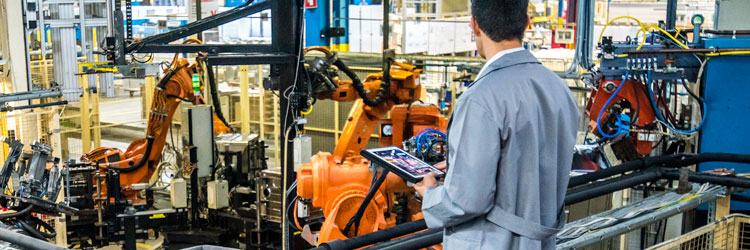

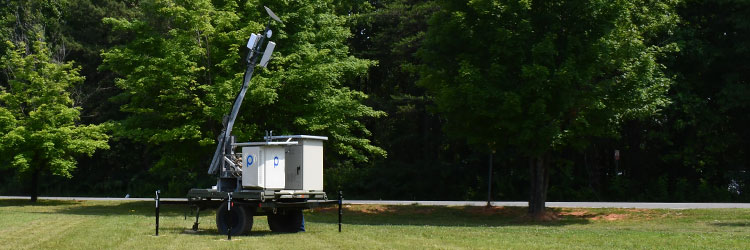



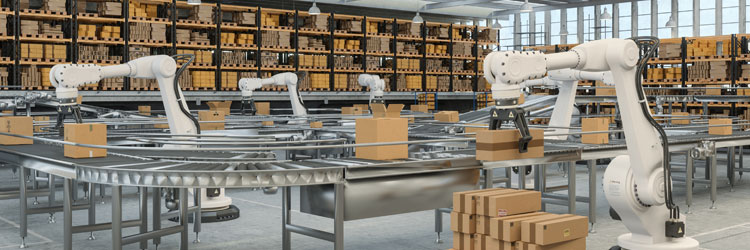

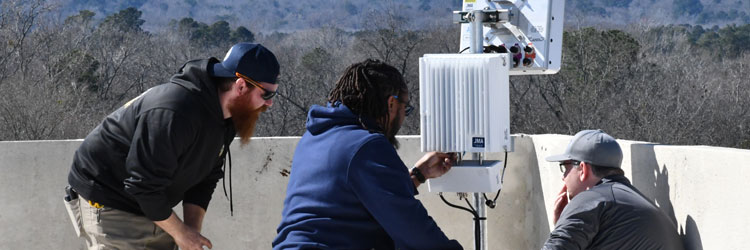
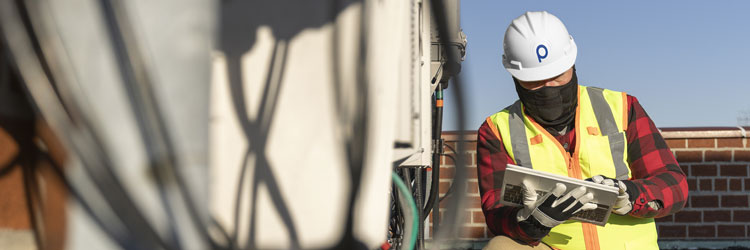

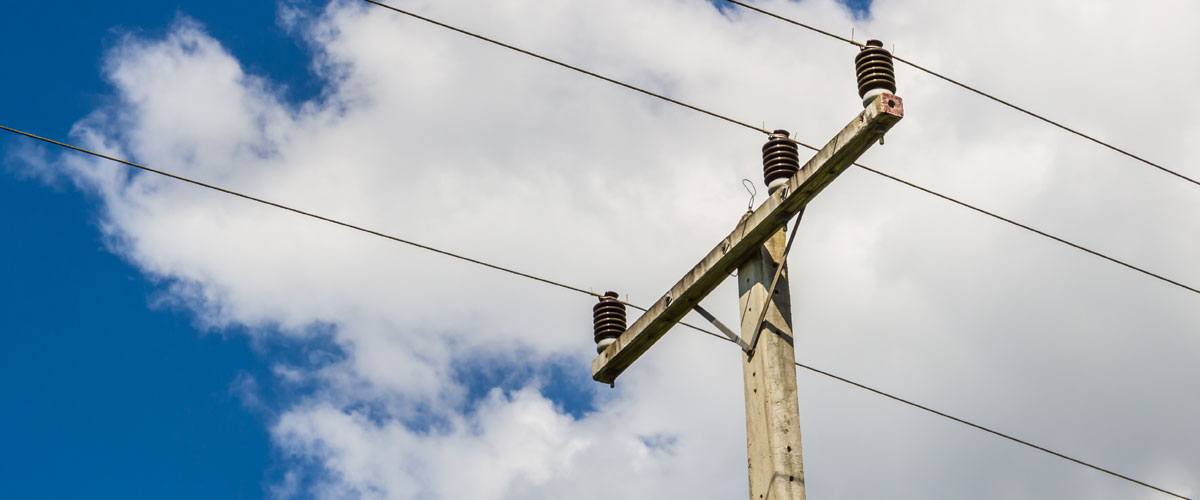
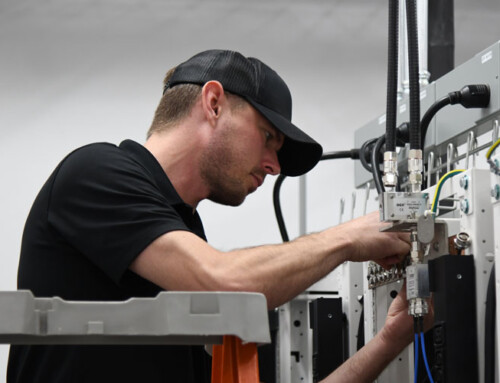
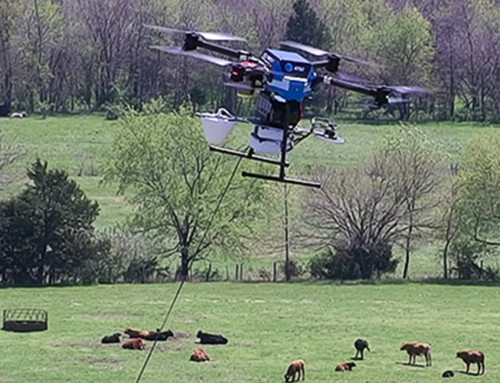





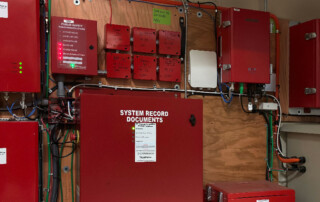
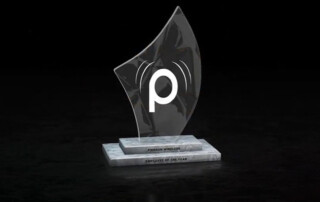
Leave A Comment